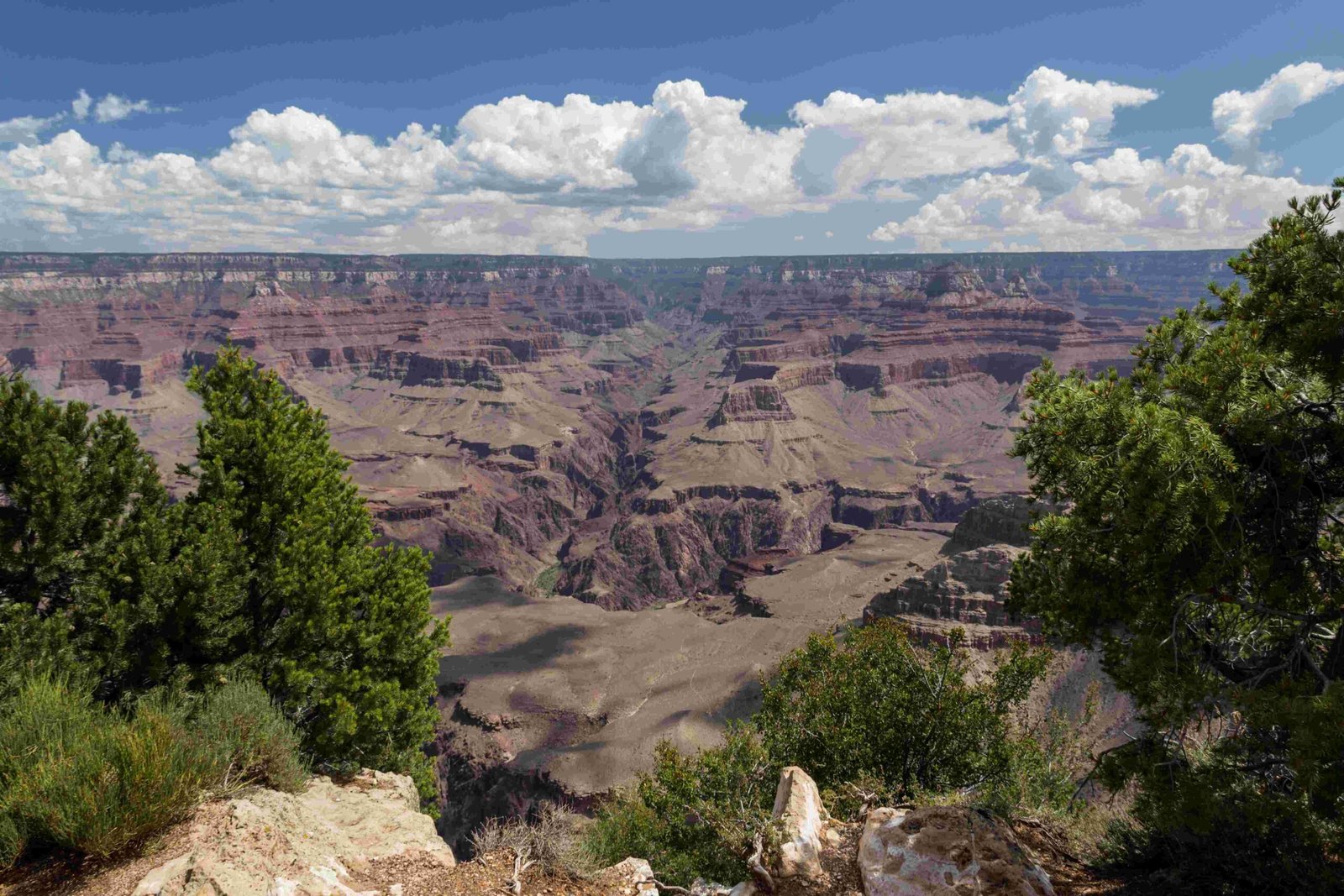The Grand Canyon region is home to several Native American tribes with profound historical and cultural connections to this extraordinary landscape. The Hopi and Navajo tribes, in particular, have deep-rooted traditions and sacred relationships with the land, preserving centuries of cultural practices, spiritual significance, and ancestral knowledge within and around the Grand Canyon National Park.
What Native American Tribes Inhabit the Grand Canyon Region?

Hopi Tribe: Guardians of Ancient Traditions
Who Are the Hopi People?
The Hopi, known as the “Peaceful People,” have inhabited the Arizona plateau for over 1,000 years. Their reservation, located within the Navajo Nation, encompasses three distinct mesa regions where traditional pueblo-style villages continue to thrive.
Key Cultural Characteristics:
– Renowned for intricate pottery and ceremonial artwork
– Practice complex agricultural techniques
– Maintain sophisticated spiritual and social structures
| Cultural Element | Description |
|---|---|
| Language | Uto-Aztecan linguistic group |
| Population | Approximately 19,000 members |
| Primary Location | First, Second, and Third Mesas in Arizona |
What Cultural Sites Do the Hopi Maintain?
Hopi House at Grand Canyon
- Constructed in 1905 by architect Mary Colter
- Designed to replicate traditional Hopi pueblo architecture
- Serves as a cultural exhibition and gift shop
- Hosts traditional Native American dance performances
Navajo Tribe: Largest Native American Nation
Who Are the Navajo People?
The Navajo (Diné) represent the largest Native American tribe in the United States, with a reservation spanning over 27,000 square miles across Arizona, New Mexico, and Utah.
Significant Characteristics:
– Complex clan system
– Rich textile and silversmith traditions
– Extensive agricultural and pastoral practices
What Sacred Sites Connect Navajo to the Grand Canyon?
Baaj Nwaavjo I’tah Kukveni Grand Canyon National Monument
- Protects culturally significant lands
- Includes sacred areas like Gray Mountain
- Represents collaborative preservation efforts
How Do These Tribes Interact with the Grand Canyon?
Cultural Preservation Strategies
- Guided cultural tours
- Artistic demonstrations
- Protection of sacred archaeological sites
- Educational outreach programs
What Challenges Do Native Tribes Face?
- Land rights preservation
- Cultural heritage maintenance
- Economic sustainability
- Environmental conservation
Unique Cultural Practices
Hopi Ceremonies
- Snake Dance (restricted public access)
- Agricultural rituals
- Solstice celebrations
Navajo Traditions
- Healing ceremonies
- Weaving practices
- Storytelling traditions
Conclusion

The Native American tribes near the Grand Canyon represent living cultures with deep, continuous connections to this extraordinary landscape. Their presence demonstrates resilience, cultural sophistication, and an enduring relationship with the natural world.

